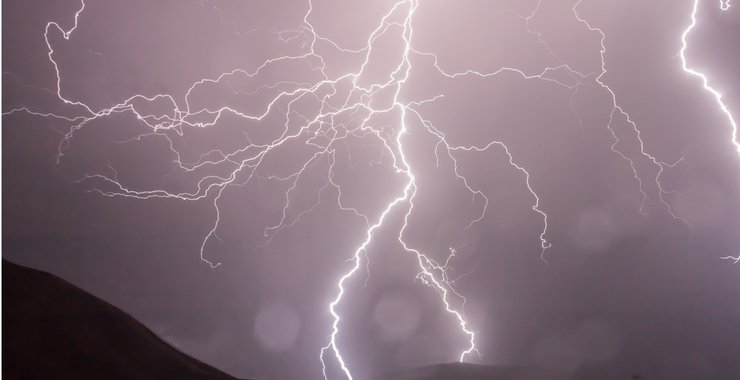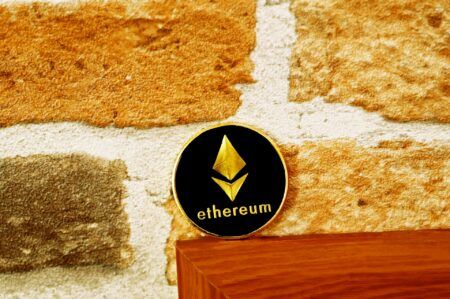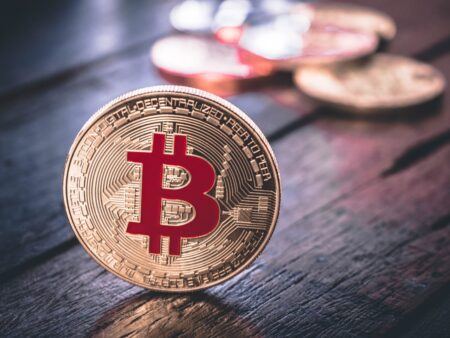Bob Iaccino, an experienced fund manager and veteran trader, has argued that the introduction of the Lightning Network (LN), a layer-two solution for transferring cryptocurrency payments in a quick and cost-effective manner, may have contributed to the recent surge in the Bitcoin (BTC) price, as well as that of other cryptoassets.
Iaccino, whose comments came during an interview (on May 15th, 2019) on CNBC’s Futures Now, said:
[I am not sure] who’s actually doing the buying, but part of the reason why [cryptocurrency prices are increasing] is because of the inception and application of software called the Lightning Network. [It] actually makes [processing] small transactions a lot easier for those who hold Bitcoin.
Lightning Network Making It More Practical To Adopt Bitcoin
He continued:
When you look at Visa, which processes 65,000 transactions per second (TPS) [while the] Bitcoin [blockchain] does about seven. [However,] Lightning Network gets smaller transactions off of the blockchain network, making it [more practical] to adopt Bitcoin as a currency.
According to data from 1ML.com, there are presently 8,369 nodes running the LN protocol, up 4.29% in the past 30 days. 1ML data also shows that there are 37,405 LN-based channels currently available, with a total network capacity of 1,038.63 BTC, an amount valued at over $8.3 million at press time.
Moon’s Browser Extension Features Lightning Network Support
In order to make it easier to spend bitcoins at giant online retail outlets, such as Amazon, cryptocurrency payment processing startup, Moon, has added support for LN-enabled wallets. Users can send and receive LN-based payments by using Moon’s browser extension, which supports the layer 2 protocol.
Last month, Radar, a firm which has developed a decentralized cryptoasset exchange (DEX) on the Ethereum network, announced that it is planning to launch a suite of software tools for building various solutions using the LN protocol.
Radar Releases Suite Of Lightning Network Tools
Radar’s software includes a configuration helper, which may be used to set up a LN node. The company has also developed an invoice “playground” that allows users to test if their nodes are connected to each other, and a liquidity tool through which crypto payments can be transferred.
The LN-enabled toolkit is part of Radar ION, a service operated by Radar’s management that helps new users learn how to use the Lightning Network for business-related transactions. As mentioned, Radar’s development team has also been working on building decentralized Ether-based exchanges, including Radar Relay.









